CIRCUIT DESCRIPTION:
The TCM requires input battery voltage which originates direct from the vehicle battery and runs through a 10 amp fuse to TCM pins 10 (wire 110) and 70 (wire 170).
DTC P0881 sets when the TCM detects the following:
1. Large variations in battery direct voltage.
2. When there is a battery direct voltage variation of a calibrated voltage detected for a calibrated time, a fault pending is reported. After a calibrated time a DTC is set with a failure response (voltage variation is determined from minimum and maximum ignition voltage values).
ACTION TAKEN WHEN THE DTC SETS:
1. Hydraulic default is commanded. Shift selector position and hydraulic state of logic valves determine range.
2. The CHECK TRANS light does not illuminate.
3. The TCM forces Variable Modulated Main off.
4. The TCM inhibits Torque Converter Clutch (TCC) engagement.
CONDITIONS FOR CLEARING THE DTC:
Use the diagnostic tool to clear the DTC from the TCM history. The TCM automatically clears the DTC from the TCM history if the vehicle completes 40 warm-up cycles without the DTC recurring.
DIAGNOSTIC AIDS:
The following procedures are not documented in any OEM procedures or in any OEM Troubleshooting or Service information and should not be used as a method to diagnose any transmission DTCs, function, or shift quality concern:
1. Back-probing any connections used for transmission features or functions may damage and/or unlock terminals from the back-probed connector creating permanent or intermittent shorts and/or open circuits. If possible, use the J-39700 Breakout Box, the appropriate harness adapters, and appropriate magnetic overlays to troubleshoot the vehicle.
2. Load-testing any transmission-related circuits with any other electrical devices such as vehicle lamps or relays, especially with the TCM connected to the harness. Use J-39700 Breakout Box and appropriate harnesses with the diagnostic tool to monitor the circuit performance in question unless otherwise specified in the various Troubleshooting information.
3. Piercing a wire to check for voltages, shorts-to-grounds or other wires anywhere in the circuit but especially at the TCM. This creates a leak path for moisture and damages the wire and insulation.
4. You may have to drive the vehicle in order to experience a fault. The diagnostic tool can be used to record a snapshot for later review. Battery direct input is a viewable option in the diagnostic tool. Using the diagnostic tool, monitor for erratic voltage that may indicate a wiring concern.
5. This DTC indicates a variation in battery direct voltage. Vehicle accessories imposing a large load on the battery circuit could also cause the DTC to set. Other possibilities include loose or corroded battery cables, or an internal TCM failure caused by a burn up circuit trace could allow this DTC to set.
6. Vehicle charging system failure may cause this DTC under certain circumstances.
7. This DTC may indicate that an internal voltage problem has occurred inside the TCM. The use of a substitute TCM would be a good way to diagnose this problem.
8. A defective vehicle battery may induce this DTC.
Inspect the wiring for poor electrical connections at the TCM. Look for the following conditions:
1. A bent terminal.
2. A backed-out terminal.
3. A damaged terminal.
4. Poor terminal tension
5. A chafed wire.
6. A broken wire inside the insulation.
When diagnosing for an intermittent short or open, massage the wiring harness while watching the test equipment for a change.


 AGCO
AGCO ALLISON
ALLISON BENDIX
BENDIX BOBCAT
BOBCAT CAT
CAT CLAAS
CLAAS CNH
CNH DAF
DAF DETROIT
DETROIT EATON
EATON FREIGHTLINER
FREIGHTLINER HINO
HINO HITACHI
HITACHI ISUZU
ISUZU JCB
JCB JOHN DEERE
JOHN DEERE JPRO
JPRO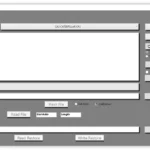 MAGIC TUNER
MAGIC TUNER MAN
MAN Navistar
Navistar PACCAR
PACCAR PERKINS
PERKINS PF DIAGNOSE
PF DIAGNOSE PSI POWERLINK
PSI POWERLINK RENAULT
RENAULT SCANIA
SCANIA THERMO KING
THERMO KING UD NISSAN
UD NISSAN VOLVO
VOLVO WABCO
WABCO ZF TESTMAN
ZF TESTMAN
 BELL
BELL BENDIX
BENDIX BOBCAT
BOBCAT CARRIE
CARRIE DAF
DAF DETROIT
DETROIT EATON
EATON FUSO
FUSO MACK
MACK
 Cumminz
Cumminz ISB4.5 CM2150
ISB4.5 CM2150 All Engines (2017 Emissions)
All Engines (2017 Emissions) PACCAR
PACCAR




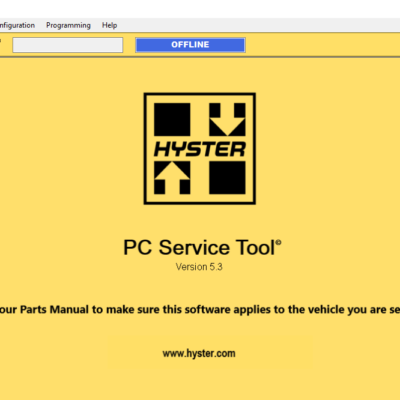
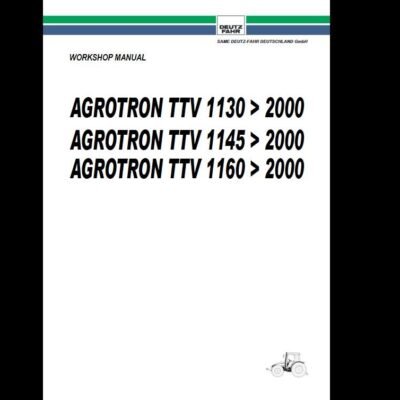

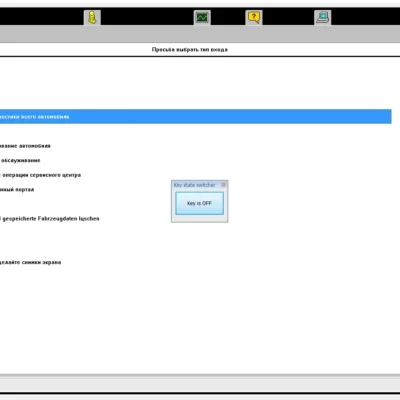

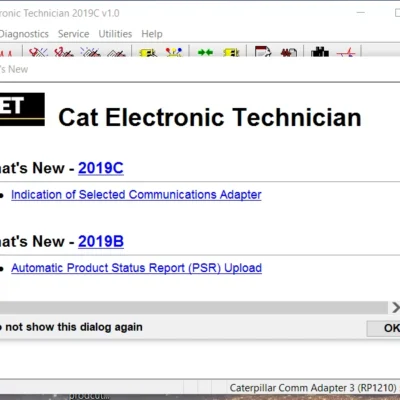
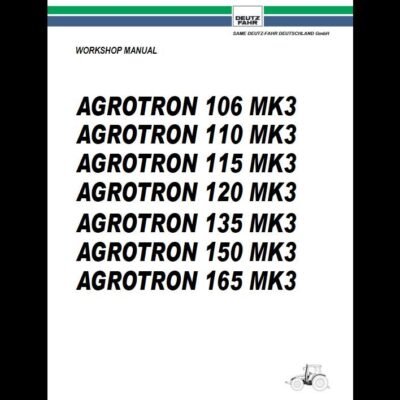
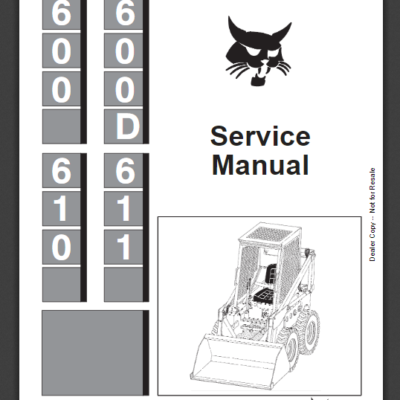




Reviews
Clear filtersThere are no reviews yet.